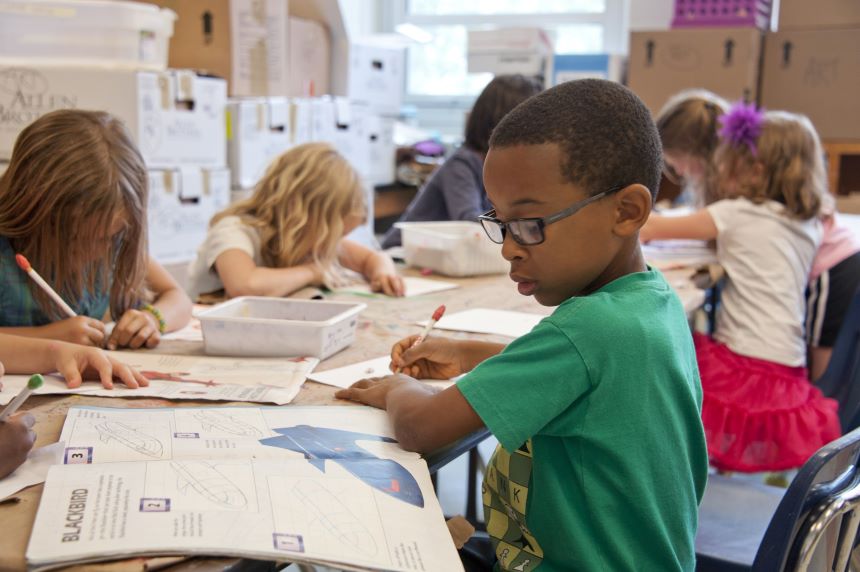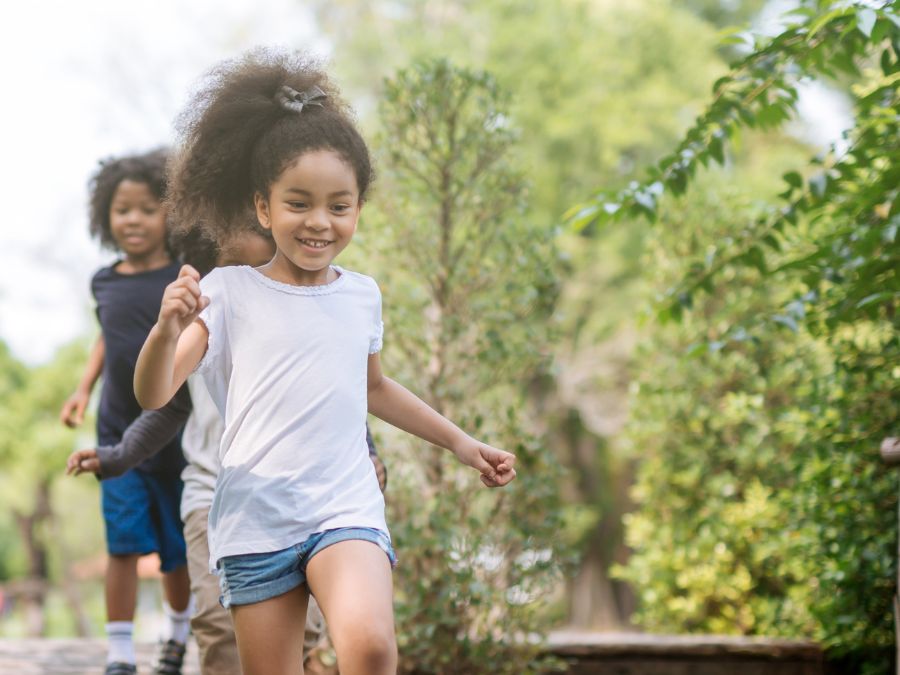
Going back to school can bring up a lot of feelings for students, parents, and even teachers. Happiness at being back together with friends, excitement about the new school year, and, of course, anxiety about the challenges ahead. The Four Building Blocks of HOPE can help focus on PCEs (positive childhood experiences). Here are 12 ways to practice PCEs as children return to school.
1. In the classroom, students can share their favorite memories from the summer. The teachers and other students can listen to see what building blocks their memories connect too.
☒ Relationships ☒ Environment ☒ Engagement ☒ Emotional growth
2. Returning students can show new students some of the unspoken/social rules at the school. For example, the older students can show them how the cafeteria works, and where students typically hang out.
☒ Relationships ☒ Environment ☒ Engagement ☒ Emotional growth
3. Schools can welcome children and their families to visit a few weeks before the first day of school. Maybe walk together from class-to-class to make it feel more familiar and reduce nervousness. Introduce the student to a supportive adult to reach out to for help, and identify any needs before the school year starts.
☒ Relationships ☒ Environment ☒ Engagement ☒ Emotional growth
4. If a student is taking the bus or walking to a new school, parents can practice the route with their child before the first day of school.
☒ Relationships ☒ Environment ☐ Engagement ☒ Emotional growth
5. Parents and older students can go to the Facebook or social media pages of the school districts to connect with other parents or get to know the community.
☐ Relationships ☐ Environment ☒ Engagement ☐ Emotional growth
6. Give students choices of different clubs, sports, or afterschool activities that their schools offer and tell them how to sign-up. This will help them to make new friends, feel like they belong, and learn through activities. Many schools can waive participation fees if needed.
☐ Relationships ☐ Environment ☒ Engagement ☒ Emotional growth
7. Parents can talk to their young children about the importance of asking for help and who to go to for help when they are at school.
☐ Relationships ☒ Environment ☐ Engagement ☒ Emotional growth
8. During the summer, families can go to local playgrounds to meet other children of the same age.
☒ Relationships ☒ Environment ☐ Engagement ☒ Emotional growth
9. Parents and teachers can talk through their child’s new routine with them, allowing the child to ask questions and avoid some of the anxiety of learning new routines.
☐ Relationships ☐ Environment ☒ Engagement ☒ Emotional growth
10. Teachers can invite students to talk about their favorite adult in their life who is not their parent or guardian.
☒ Relationships ☐ Environment ☐ Engagement ☐ Emotional growth
11. Communities can provide extra snacks for students who are unable to bring food from home for snack time.
☐ Relationships ☒ Environment ☒ Engagement ☐ Emotional growth
12. Parents and older students can look for local resources in their community, like the local library or community center, to go to after school. Schools can let parents and students know about the local resources that are available.
☒ Relationships ☒ Environment ☒ Engagement ☐ Emotional growth


